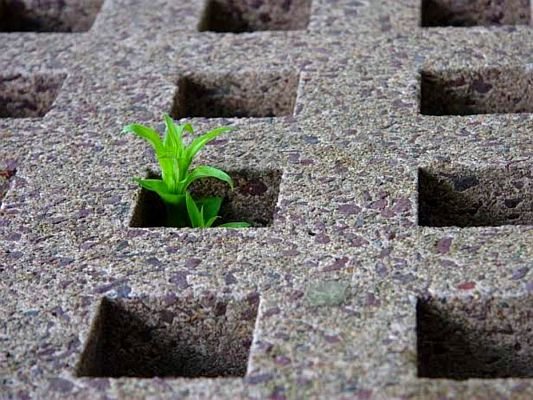If we want to build a sustainable future, we may have to revisit what it is we’re actually building things out of. Will Srubar, a University of Colorado Boulder materials and engineering researcher, argues that, living, self-growing, and self-repairing structures may be our best bet to green up the construction industry’s act.
Living architecture is moving from the realm of science fiction into the laboratory as interdisciplinary teams of researchers turn living cells into microscopic factories.

Srubar & Team have created a genetically programmed E. coli to create limestone particles with different shapes, sizes, stiffnesses and toughness. In another study, they showed that E. coli can be genetically programmed to produce styrene – the chemical used to make polystyrene foam, commonly known as Styrofoam.
In their most recent work, they used photosynthetic cyanobacteria to grow a structural building material – and kept it alive. By keeping the cyanobacteria alive they harnessed the exponential growth of bacteria to grow many bricks at once – demonstrating a brand new method of manufacturing materials.
Of course, pivoting to living materials would require a massive paradigm shift, even if scientists figured out how to make these materials both practical and cost-effective.
Developing living materials, supposedly, wouldn’t just cut financial costs of repairs and assembly, but also, do away with many of the environmental tolls of manufacturing conventional building materials.
Reference- The Conversation, University of Colorado, Matter, The Guardian










